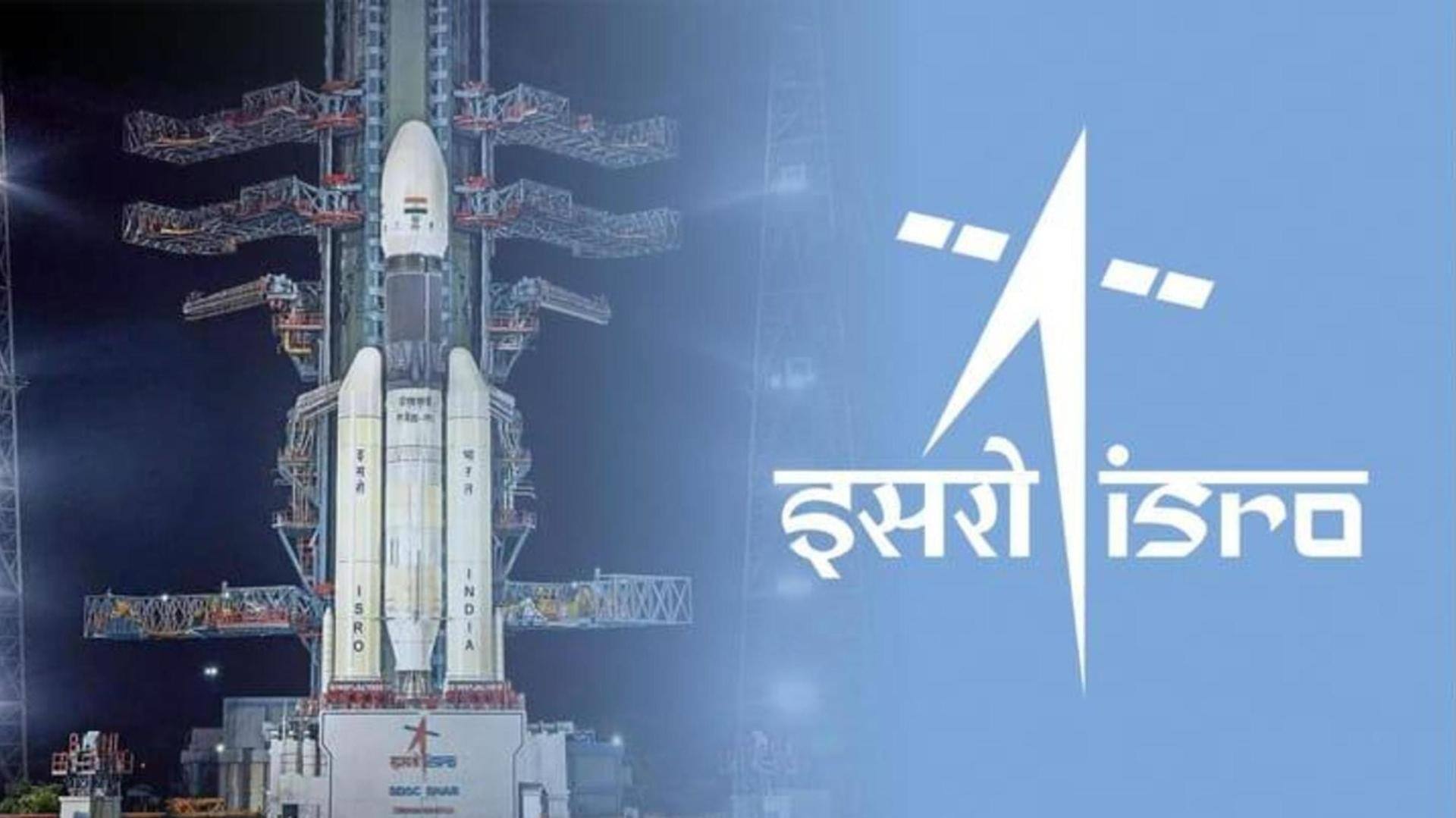
Why ISRO's upcoming Chandrayaan-3 Moon mission is important
What's the story
Indian Space Research Organization (ISRO) is gearing up for the launch of two space missions, Chandrayaan-3 and ADITYA-L1, which are expected to launch in July. ADITYA-L1 is bound to make history for ISRO as it is India's first-ever scientific mission to the Sun. Chandrayaan-3 is ISRO's third mission to the Moon and will be an important one. Let us find out why.
Context
Why does this story matter?
Landing and roving on the Moon is something only a few nations have accomplished. The Chandrayaan-2 mission, which launched in 2019, was ISRO's first attempt at achieving soft landing on the lunar surface. However, the mission crash-landed on the lunar surface due to technical issues. Chandrayaan-3 will be a crucial mission where ISRO will try to accomplish this feat.
Chandrayaan-3
What are the key objectives of Chandrayaan-3?
Chandrayaan-3 will be a "follow-on mission" to Chandrayaan-2. The key objectives are to perform a safe and soft landing on the Moon's surface, to demonstrate roving on the Moon, and to carry out in-situ scientific experiments. The aim is "to soft land at a specified lunar site and deploy the rover which will carry out in-situ chemical analysis of the lunar surface," said ISRO.
Launch
The system will comprise two key modules
The Chandrayaan-3 mission will comprise a Lander module (LM) and a Propulsion module (PM). The LM includes a rover as well. The combined system is estimated to weigh 3,900kg in total. The main role of the propulsion module is to carry the lander and rover configuration until 100km into the lunar orbit and to separate the LM from the PM.
Information
The mission will lift-off in the first week of July
Chandrayaan-3 will launch aboard an LVM3 (Launch Vehicle Mark 3) rocket from Satish Dhawan Space Center (SDSC) SHAR, Sriharikota, Andhra Pradesh. The mission, which is estimated to cost about Rs. 613 crores, will take off in the first week of July.
Payloads
Chandrayaan-3 will be carrying a payload from NASA
The lander and rover will be carrying several scientific payloads to perform experiments on the Moon. Among the lander payloads is the 'passive Laser Retroreflector Array,' provided by NASA, which will help with lunar laser ranging studies. "The PM also has one scientific payload as a value addition which will be operated post separation of the Lander Module," said ISRO.
ADITYA-L1
ADITYA-L1 will be placed roughly 1.5 million kilometers from Earth
ADITYA-L1 will be ISRO's first mission to the Sun. The spacecraft will be placed about 1.5 million kilometers from the Earth, in a halo orbit around the Lagrange point 1 (L1) of the Sun-Earth system. From its point in the halo orbit, the mission would have the advantage of continuously observing the Sun, avoiding eclipses and occultations.
Payloads
The mission will port 7 payloads
The ADITYA-L1 mission will be equipped with seven payloads to observe the "photosphere, chromosphere, and the outermost layers of the Sun," by using "electromagnetic and particle, and magnetic field detectors. " The mission will provide vital information including insights into coronal mass ejection (CMEs), solar flare activities, and the dynamics of space weather. The mission is expected to take off in July.